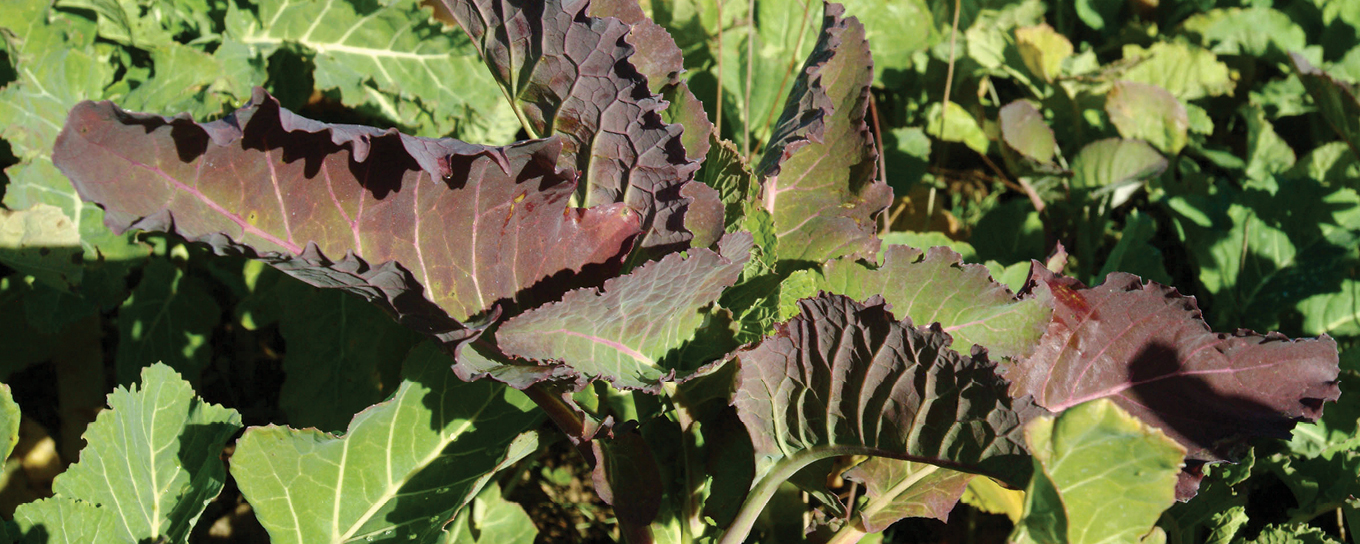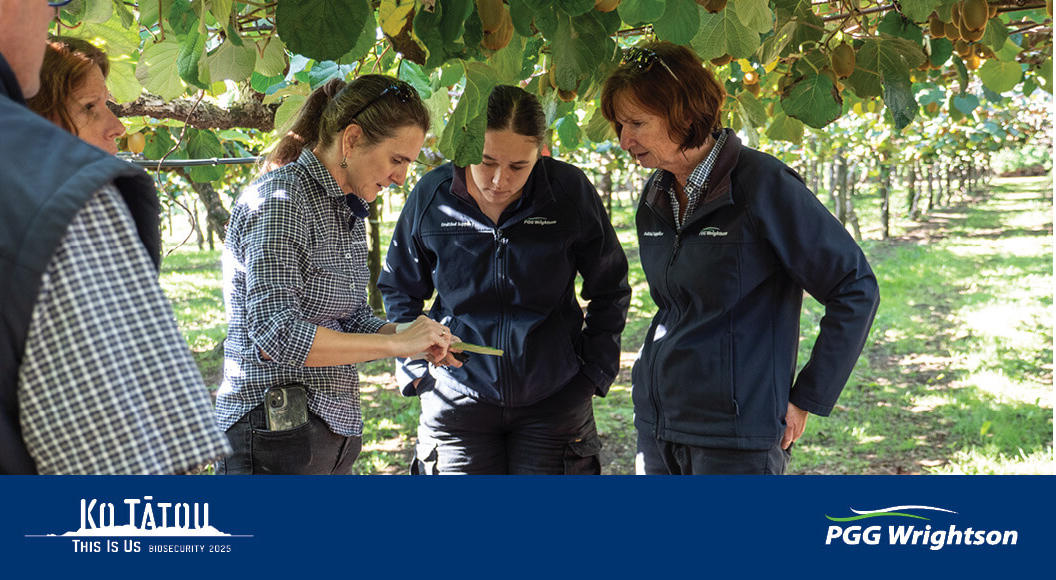
Foliar nutrition as a management tool
What is the most important nutrient that a plant needs? The answer to this question is: the one that is the most limiting, also known as the ‘law of the minimum’. This law states that growth is dictated not by total quantity of nutrients that are available, but by the scarcest nutrient.
Crops require 16 essential nutrients to complete their life cycle. Essential plant nutrients are divided into macro and micronutrient groups. Macronutrients are carbon (C), hydrogen (H), oxygen (O), nitrogen (N), phosphorus (P), potassium (K), calcium (Ca), magnesium (Mg) and sulphur (S).
Micronutrients include zinc (Zn), copper (Cu), iron (Fe), manganese (Mn), boron (B), molybdenum (Mo) and chlorine (Cl).
Plants require macronutrients in greater amounts compared to micronutrients, although all nutrients are important for plant growth. The first three macronutrients (C, H, and O) are supplied to plants majority by air so their supply to plants is not usually a problem. Ideally, the remaining 13 nutrients should be present in the soil in adequate amounts and proportion for optimum plant growth.
Nutrient deficiency can occur for a number of reasons: when there is insufficient nutrient in the soil, where pH is significantly high or low, where a significant nutrient imbalance exists, or when they cannot be absorbed and utilised by plants as the result of unfavourable environmental conditions. The impacts of nutrient deficiency can cause many side effects, such as reducing a plant’s ability to fight pests and diseases and interfering with the conversion of nutrients into the proteins that are required for plant growth.
Crop nutritional needs are supplied via the soil by applying capital and maintenance fertiliser. The quantity of solid fertilisers applied is usually based on soil test results, but these are mainly useful for macronutrients (soil testing for micronutrients is unreliable) and only report what is available for the growing
crop instead of what the crop has actually taken up. There may be a need to look at complementary alternatives, such as foliar nutrition, to remedy nutrient deficiencies. Foliar nutrition is mainly based on plant tissue tests, which identifies nutrient deficiencies in the crop at the time of testing.
The purpose of foliar nutrition is not to replace soil fertiliser, as this is the most effective and economical means of supplying a plant’s macronutrient needs. The benefit of foliar nutrition is that it is an excellent method of supplying plant requirements of micronutrients (such as Mn and Mo), while supplementing any N, P and K needs for short-term growth. It is also a quick and effective management tool to favourably influence the growth of plants that have been compromised by environmentally induced stresses, such as adverse growing conditions and/or poor nutrient availability. Some of the main benefits of foliar nutrition are:
- Rapid correction of nutrient deficiency with immediate uptake of applied nutrients.
- Accurate and even application of small amounts of key elements.
- Providing plants with certain micronutrients that may not be readily available in the soil.
- Can be combined with other foliar chemicals, minimising application expenses.
Contact your local PGG Wrightson Technical Field Representative for advice or help with foliar nutrition.


